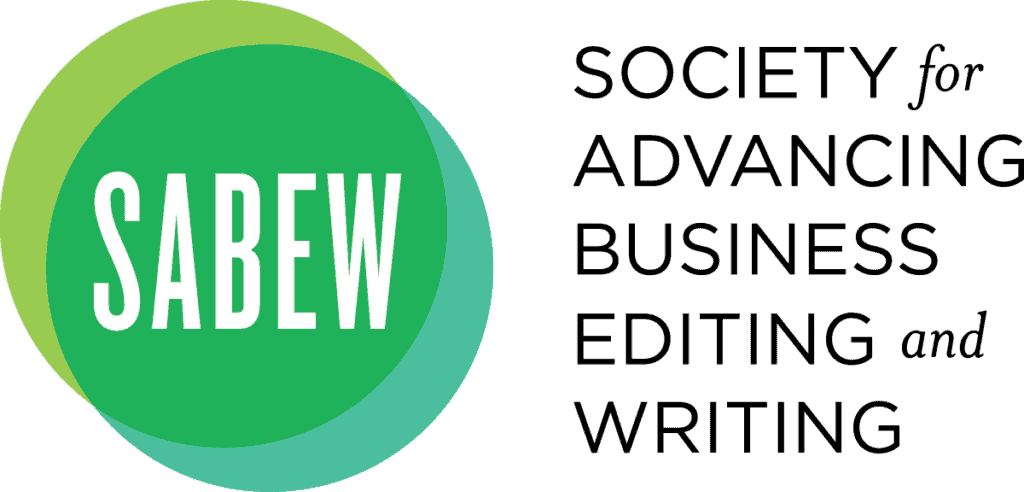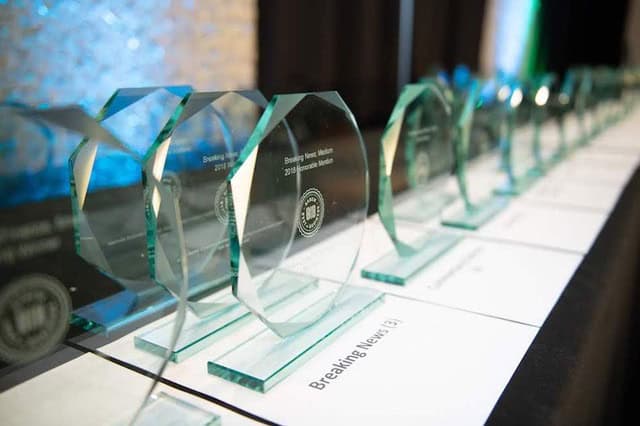This year, honorees in the 2020 Best in Business Awards contest will be announced virtually during the closing celebration at SABEW’s May 10-11 virtual conference. The Best in Business program is May 11 from 5-6:30 p.m. ET.
The Best in Business Committee Members Joanna Ossinger, global markets editor at Bloomberg News and Scott Wenger, editorial director at Barron’s Advisor, will announce the winners on Zoom. “This approach allows all members to participate together in the celebration no matter where they work and live,” said Joanna Ossinger.
The winners and the judges’ comments will be posted on our website following the virtual celebration. We’re looking forward to seeing you at the conference and awards celebration. Register today!


